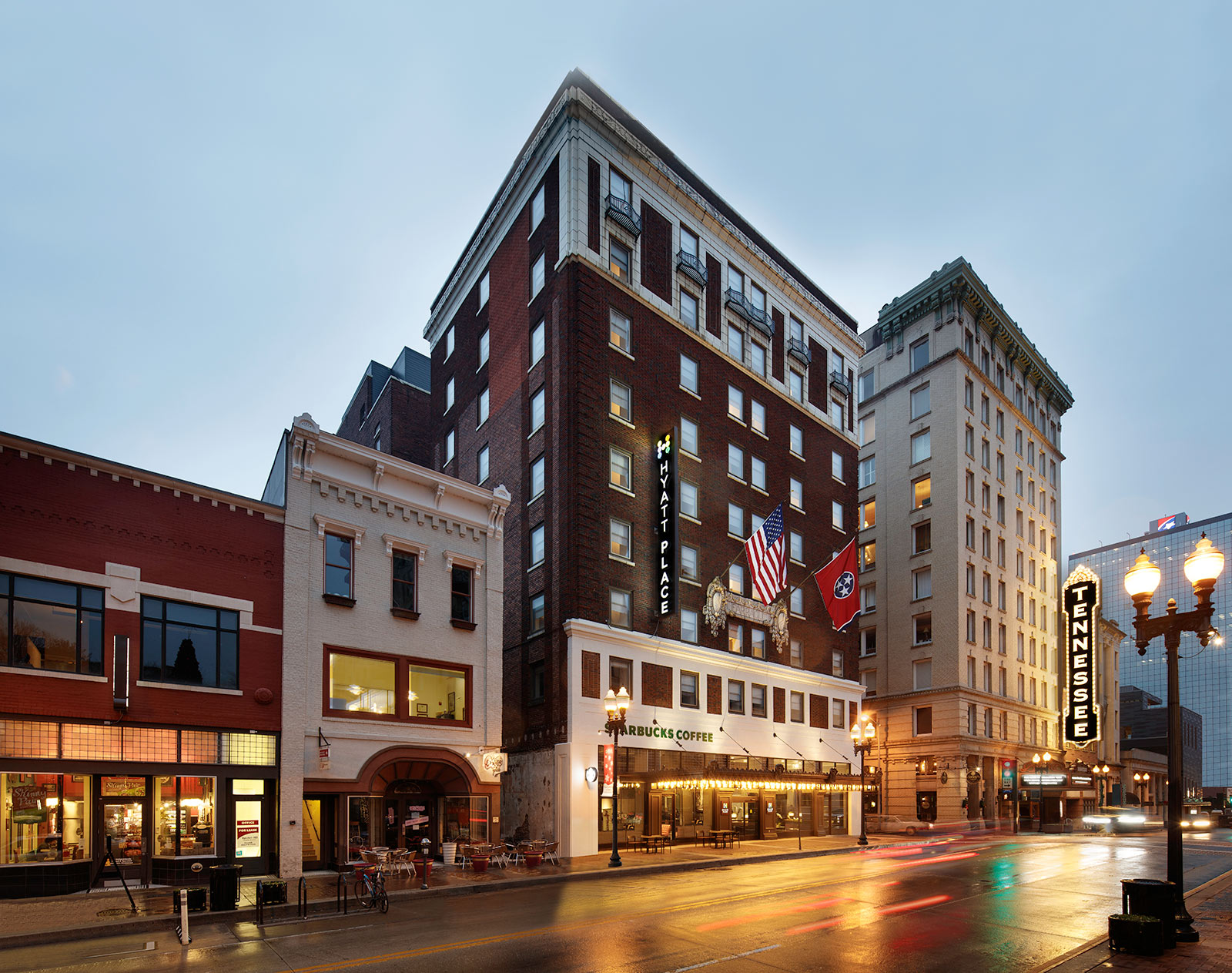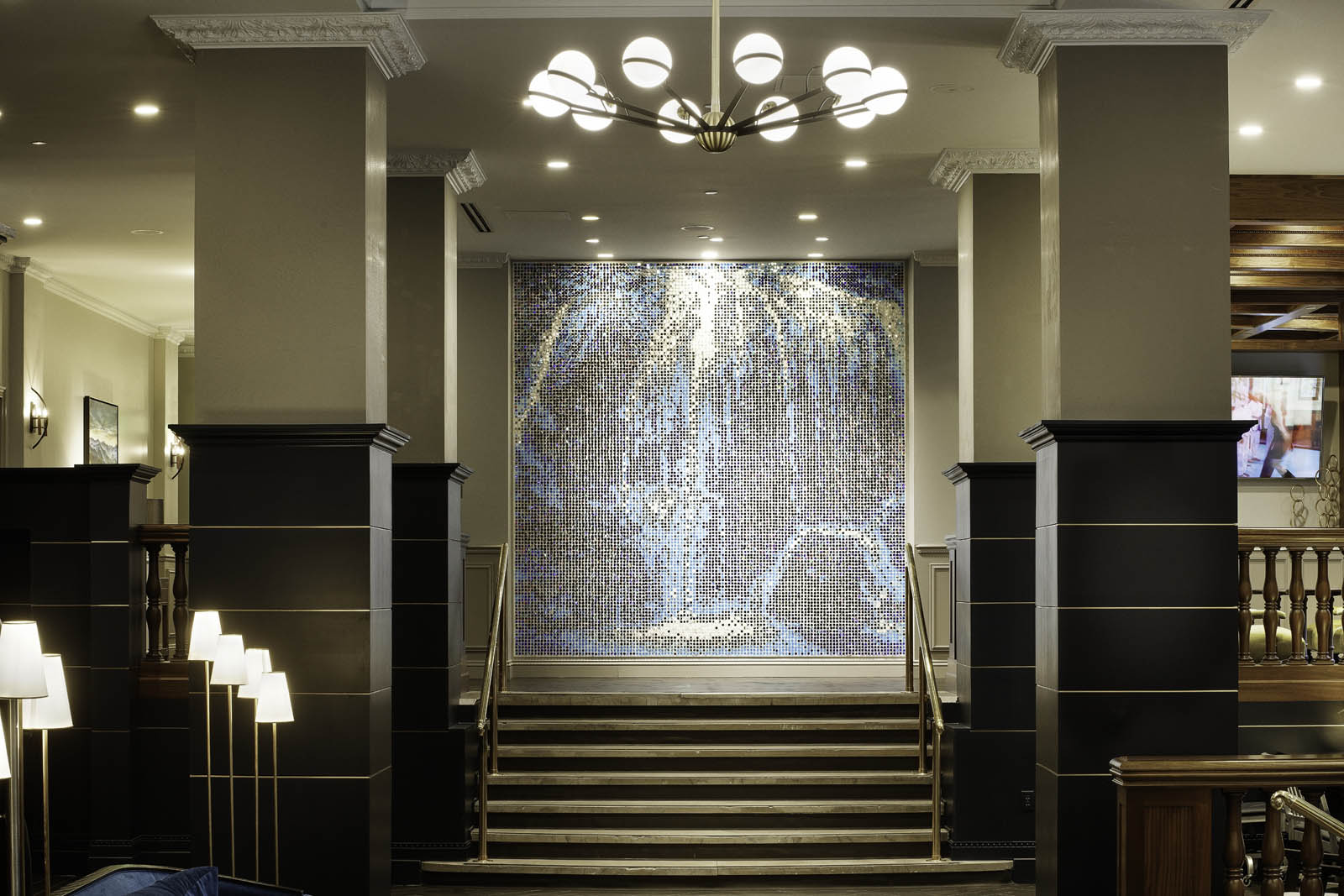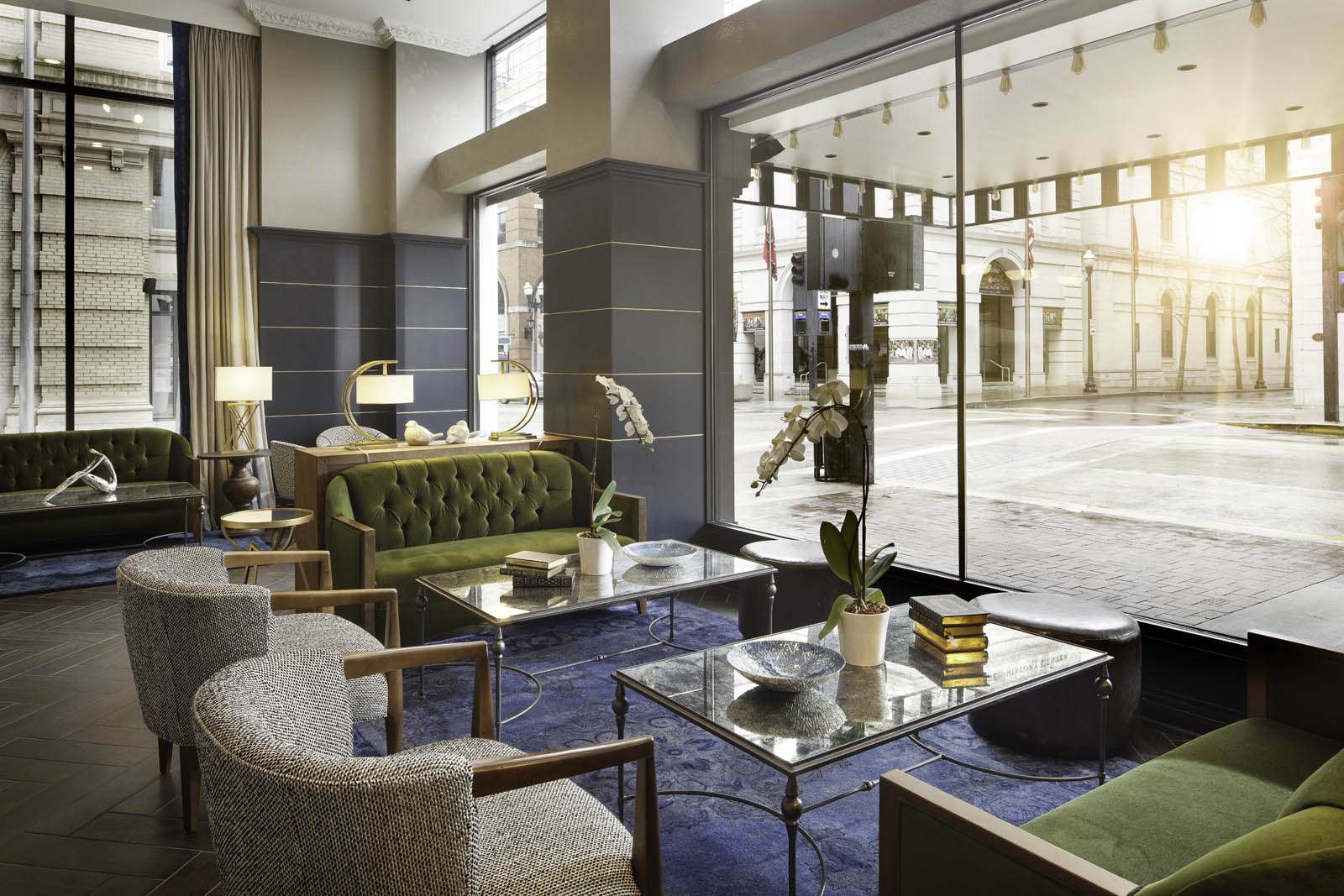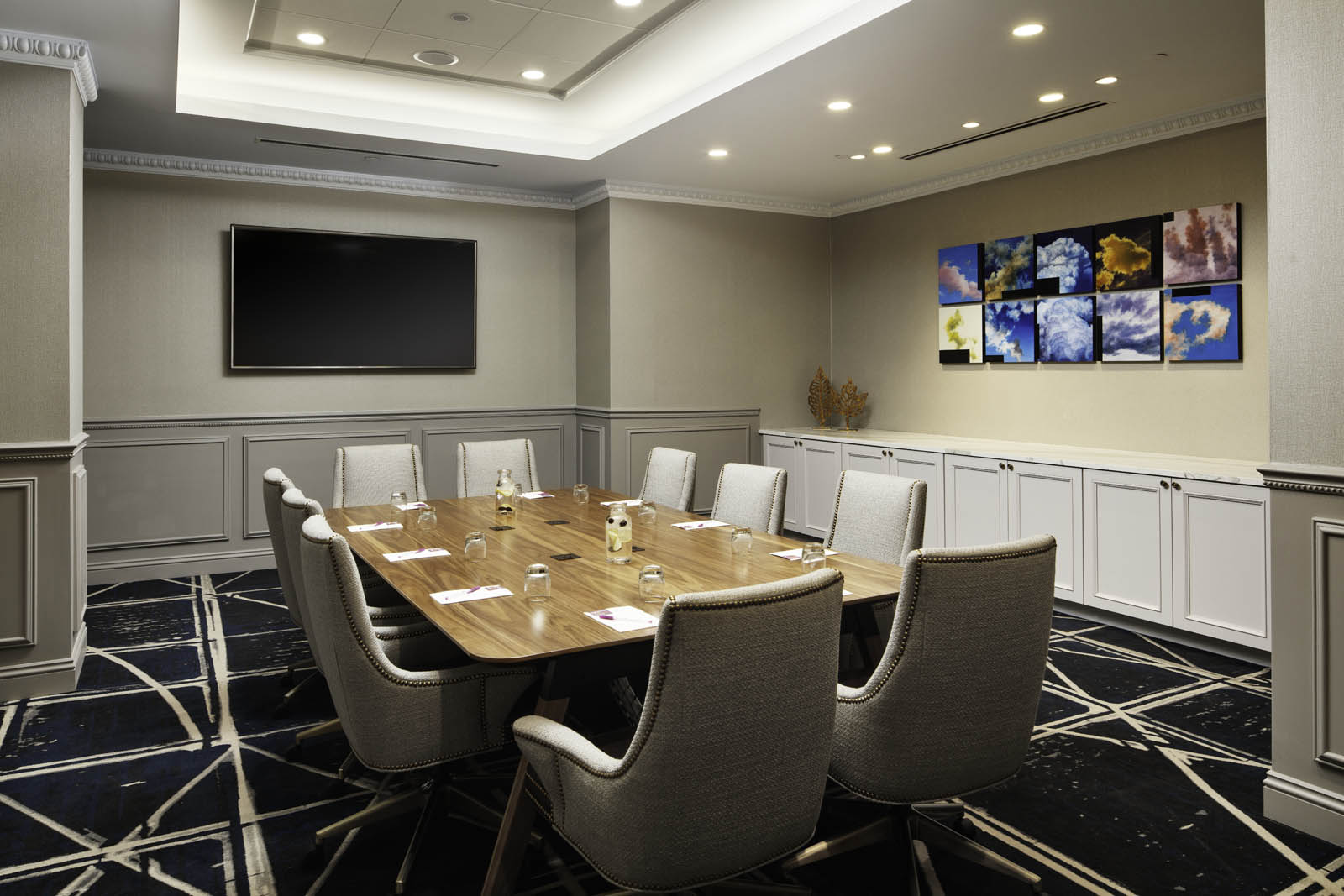- 2021 ASID State Design Competition, Gold Award, 530 Lounge - Hyatt Place
- 2019 Hyatt Hotel Renovation Project of the Year, Hyatt Place Downtown Knoxville
- 2019 Orchid Award, Keep Knoxville Beautiful for Hyatt Place Rooftop Bar
- 2018 AIA Citation for Hyatt Place at the Historic Farragut Hotel
- 2017 Mayor of Knoxville Award, Hyatt Place at the Historic Farragut Hotel
Hyatt Place
Interested in Hyatt Place Knoxville? Visit the website
Location:
Downtown Knoxville, Tennessee
Status:
Purchased
Completion:
December 21, 2017
The empty rooms in downtown Knoxville’s legendary Farragut Hotel building once played host to presidents, sports stars, and entertainment legends. Dover Signature Properties plans to bring some of that lost glory back.
“This building is such an icon, and it anchors the best corner of downtown,” says Dover Signature Properties general manager Rick Dover. He purchased the Farragut in September 2014, after plans by a California developer to restore the hotel fell through for lack of financing.
“We pounced on it and bought it the next day,” Dover says. “We want to return it to its past status as a treasured part of the city of Knoxville.”
Considering the momentum of downtown Knoxville’s resurgence, it’s surprising that a building with so much historic appeal has stayed dormant. The Knoxville Symphony Orchestra got its start in the ballroom in 1925—and, believe it or not, so did college sport’s Southeastern Conference, when a group of rogue universities (including the University of Tennessee) defected from the Southern Conference during a convention in 1932. Baseball stars Babe Ruth and Lou Gehrig stayed at the hotel, as did Israeli prime minister David Ben Gurion, South Vietnam president Ngo Dinh Diem, and television host Merv Griffin.
Dover himself has a particular nostalgia for the hotel’s old ballroom. “We used to have high school dances there in the late sixties and early seventies,” he says. “It was fantastic.”
Today, things are much quieter. The lone tenant of the grand building is the ground-floor occupant, French Market, a popular crepe shop that does brisk business. (“We’d love to see them stay and even expand,” Dover says.) Above them, the vacant floors reflect very little of the building’s rich history, because the interior was gutted in the 1980s in order to make the place over as an office building. “It’s about the worst thing you could imagine, design-wise,” Dover says.
He plans to rely on records at the East Tennessee Historical Society to help with restoring the original look. “This will be a faithful historic preservation,” he says, “because we’ll need historic tax credits to make the renovation financially feasible. This won’t be a simple project, so it will require all stakeholders coming together and everybody contributing to make our vision a reality.”
That vision, he adds, is still flexible at the moment, and he wants to hear from Knoxvillians what they’d like to make happen. “We’re going to hold a series of public meetings with city and downtown stakeholders—the business improvement district, the Chamber of Commerce, residents, and so on, and get everybody’s opinion of what’s missing in downtown.”
“Use your imagination,” he urges. “If you could have anything in the Farragut, what would it be?”
The tentative plan is some form of mixed-use development that’s reminiscent of the days when you could get a haircut, a shoeshine, and a nice meal without leaving the building. Dover imagines part of the building will probably be residences, but possibly combined with a full-service hotel with on-site staff and management, a bar, a restaurant, a business center, and perhaps even a spa or a doctor’s office.
Dover hopes to have a basic concept in place by the end of the year and to begin soliciting design proposals from architectural firms—including several in Knoxville—beginning in 2015.
“We’re so excited about this project,” Dover says. “With smart design, there’s got to be a way to mix historic preservation that’s respectful of the original space with thoroughly modern usage that Knoxvillians will love.”




.jpg)

